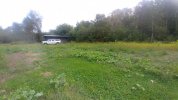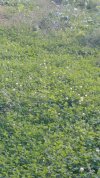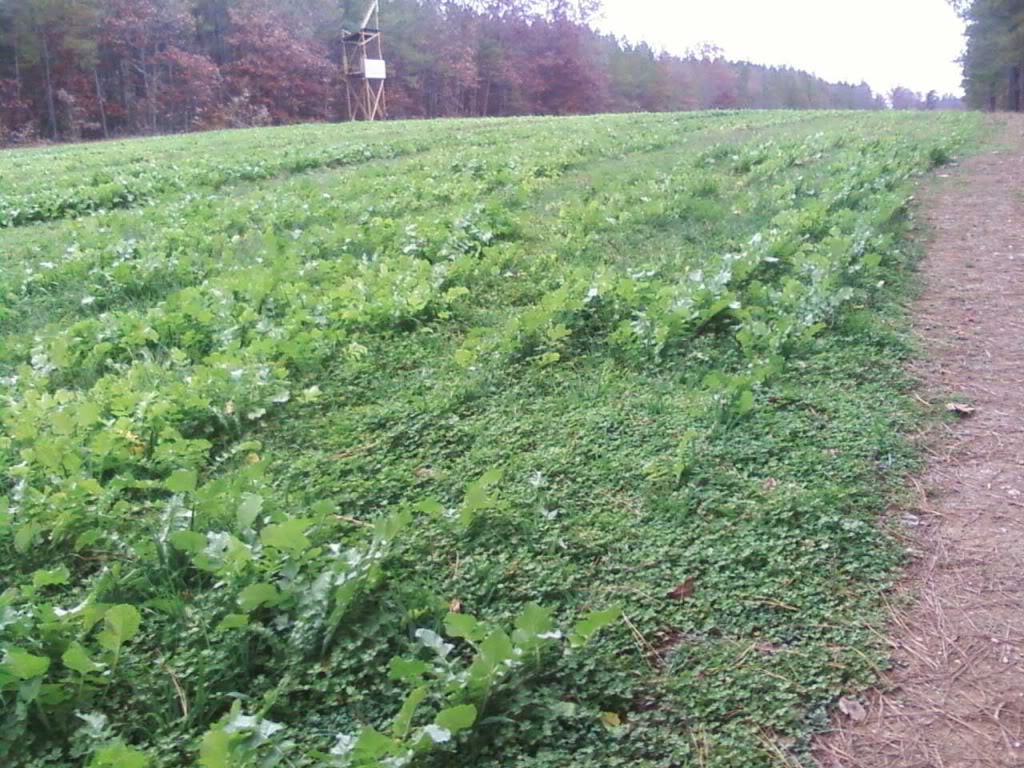They would have more difficulty with getting through the thatch to get soil contact because of their seed size.
There is a trade off between till & no-till relative to germination rates.
I know though that through experience, WR will germinate and grow in very difficult situations ... like the back bed of my Kawi.
Bingo. The bottom line for germination is seed/soil contact, moisture, and light. Many large seeds like beans, corn, sunflowers, etc. really want to be covered with soil. The only way to successfully no-till these is with a drill. You may have some modest success with these in some soils with some conditions, but not on a regular basis.
For Seed/Soil contact, the seed has to make it down to the soil. There are a lot of variations of surface broadcasting techniques. Personally, I like to broadcast my seed when the weeds/previous crops is standing. With taller summer crops, it may mean elevating the broadcast spreader quite high. Many folks mow, but I prefer cultipacking as the next step. Mowing works to put the previous crop/weeds on the ground, but cultipacking works better for me. It lays the previous crop on the ground,, but also helps press the seed into the ground. For spraying, it just depends. Depending on what was previously planted in the field and the timing of my plant, there may be no need to spray if the existing plants are primarily naturally dying annuals like WR. If the previous crop is low growing enough and I think I can get the best coverage by spraying while it is standing, I'll spray before I broadcast. That typically adds time to my plant as I need to wait for the herbicide to be absorbed before mowing and at least to dry before cultipacking. In most cases, I spray after I cultipack. This seems to give me better coverage in most cases.
Of course you get better germination rates when you expose soil as it improves seed/soil contact. However, there are lots of long-term downsides to that, especially as the tillage gets deeper and O2 is introduced into the soil speeding the consumption of OM. If you choose seeds like brassica, WR, CC, and similar crops that surface broadcast well, you can easily compensate for slightly lower germination rates by increasing seeding rates a bit.
Back when I was doing traditional tillage, my plots always looked great, but at a high cost and the cost got higher over time. As nutrient cycling diminished through repeated tillage, my fields required more and more commercial fertilizer. By mixing and rotating complementary crops that tolerate lower fertility and using min-till/no-till methods, my fields no longer look like pristine farm fields. They are now an ugly mix of crops and weeds, but my fertilizer costs have gone to zero; much more than enough to offset higher seed cost. Deer use has increased if anything.
Catching on to the right formula for my soils and climate for minimizing tillage has taken some time and been a learning experience, but it has been well worth it. I can't say it is right for every case, but it is well worth exploring.
Thanks,
Jack



